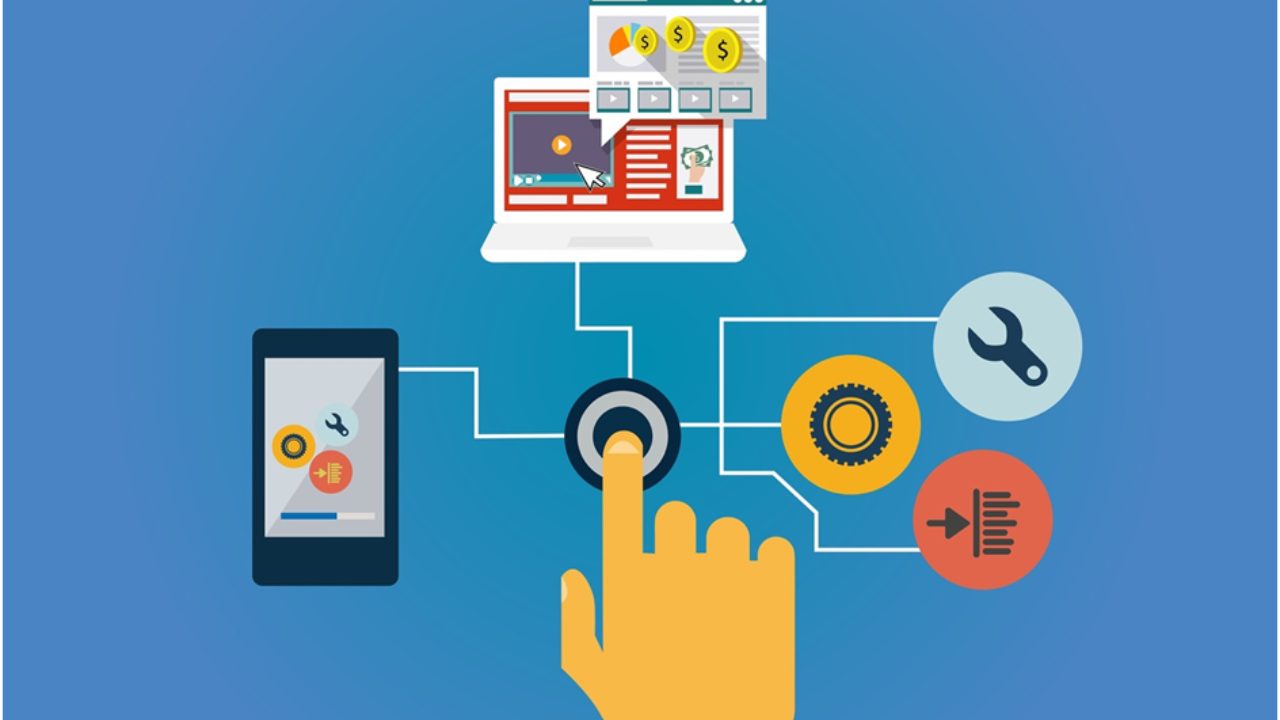Just the Norm
Online payments are accepted as the norm these days. Anyone buying or selling online expects to be able to pay for the goods or services at the click of a button. As a result, we rack up millions of clicks on internet sites. Indeed, it is not just for online purchases either. We pay our bills online, receive our wages directly to our bank accounts, and transfer money between friends using apps like PayPal and Venmo. Moving money digitally seems to happen like magic. However, it was not always like this.
Not always the case
In the not-too-dim and distant past, cash was king. Money did the talking, and nothing spoke louder than a crisp wadge of notes. If you offered someone cash for a purchase, you might hope to get a better price than the one advertised. The only alternative to cash for a long time was to pay by check or, for large purchases, by bankers’ draft. Cash was instant. You handed it over, and the other person handed you the goods. Checks were much more problematic. Checks could take days and even weeks to clear through the banking system. Transactions involving checks could lead to long delays. Bankers’ drafts were much faster but also expensive and complicated.
It started in the seventies
The first revolution in the marketplace came about when credit cards were launched in the 1970s. However, they still did not speed up the process of the money getting into the merchant’s bank account. However, there was at least a guarantee that the money would be paid. When debit cards were first introduced, they were, in fact, check guarantee cards. By handwriting the card number on the back of a paper check, the merchant was guaranteed that the check would be honored. This led to more people carrying a checkbook and card rather than rolls of banknotes. This worked relatively well; everyone knew they had to wait for the money to clear through bank accounts.
Shaking it all up
That was all well and good until the advent of the internet, the rise of eCommerce, and the relentless demand for instant gratification. When the eCommerce boom came about, the concept of being able to buy online was way ahead of what was deliverable in reality. The vast majority of people were still using cash. Cash and the internet just did not go together. People had debit cards, but they were not widely used. In addition, there was little to no online security, and no one in their right mind would have entered their card details onto a website. Vendors found inventive ways around the problem, including card numbers and expiry dates sent in emails or texts. Alternatively, cash was handed over and returned to the vendor when goods were delivered. While there are many reasons why the Dotcom Bust shortly followed the Dotcom Boom, the lack of reliable online payments had to be high on the list.
Automatic Clearing Houses
So what are online payments, and how do they work? Most Online payments use the Automatic Clearing House network that was first set up in the 1970s. To make it fit for purpose, the banks’ security and tech teams spent years encrypting platforms and servers so that you can get the almost seamless payment experience you get today.
Sales and refunds
It is important to remember that online transactions are not all about you paying out money to the merchant. There are also times when there is money to come into your account. This could be for your paycheck or because you have sold something on eBay or another auction site. Alternatively, a vendor might owe you money in the form of a refund, or if you gamble at a fast payout online casino, you will want to get your winnings paid. Reputable websites will offer several forms of online payments, and a wide variety of options can be a signal of quality of the overall caliber of the site.
The system
Whatever form of online payment you use, the system is essentially the same for faster style payments. There are also real-time payments, which will become more prominent in the coming years. To complicate matters, they use a different network. However, the online payment process is as follows. The extraordinary thing is how fast it happens, given how complicated it is.
The Online Payment Journey
Verification
Customers enter their details into the online checkout form to pay for the goods or services. This is hosted on what is called a secure payment gateway.
The customer data is then sent to the company that processes the payment (e.g., Barclaycard), which then sends that data to the card scheme (e.g., Visa). Finally, the card scheme checks with the customer’s bank account to ensure they have adequate money for the purchase.
The Sale
If the payment is verified, the money is authorized to be taken from the customer’s bank account and held by the vendor’s payment processing company. At the same time, the payment gateway confirms the information to the customer and merchant.
Settling Up
Depending on the vendor’s exact arrangements with the payment processing company, the funds are sent to their bank account at the end of the day or instantaneously.
There is nothing magical at all, but there is a great deal of tech wizardry.
